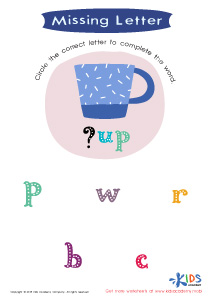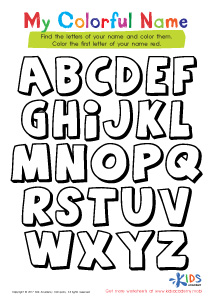Motor skills development Kindergarten Letter Recognition Worksheets
5 filtered results
-
From - To
Enhance your child’s motor skills and letter recognition with our engaging Kindergarten Letter Recognition Worksheets! Designed to support young learners, these worksheets combine fun activities that promote fine motor development while familiarizing children with the alphabet. From tracing letters to connecting dots and coloring activities, each worksheet is crafted to build confidence and skills essential for reading. Printable and easy to use, these resources are perfect for classrooms or home learning. Foster your child's enthusiasm for letters and aid their handwriting development at the same time! Explore our comprehensive collection today and watch your child thrive in their early education journey.


Letter H Tracing Page
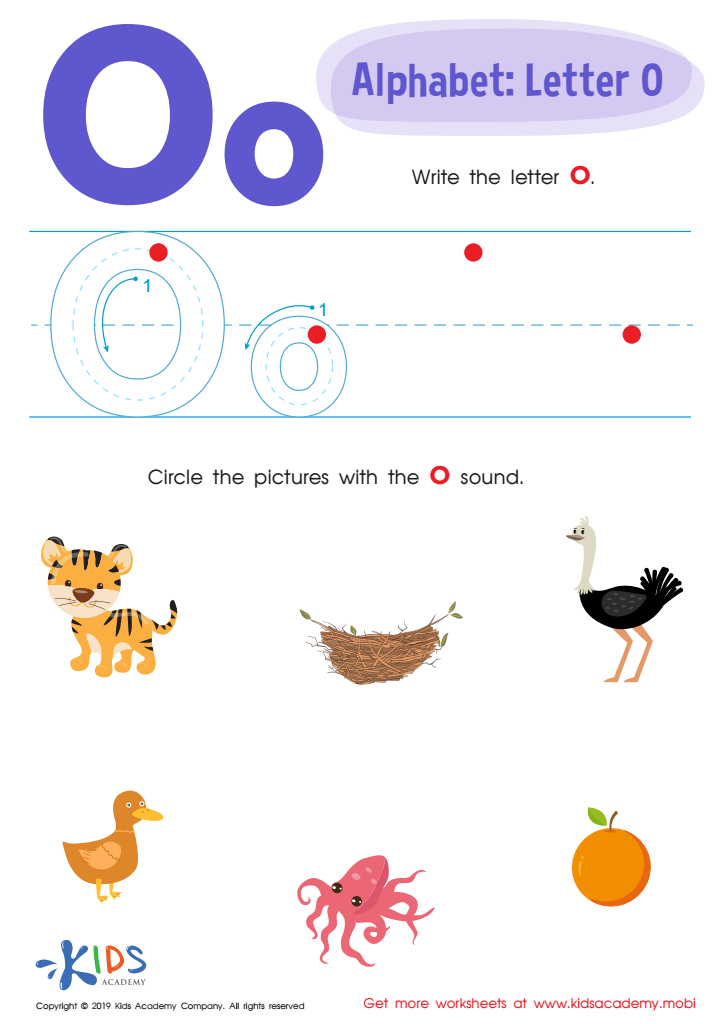

Letter O Tracing Worksheet
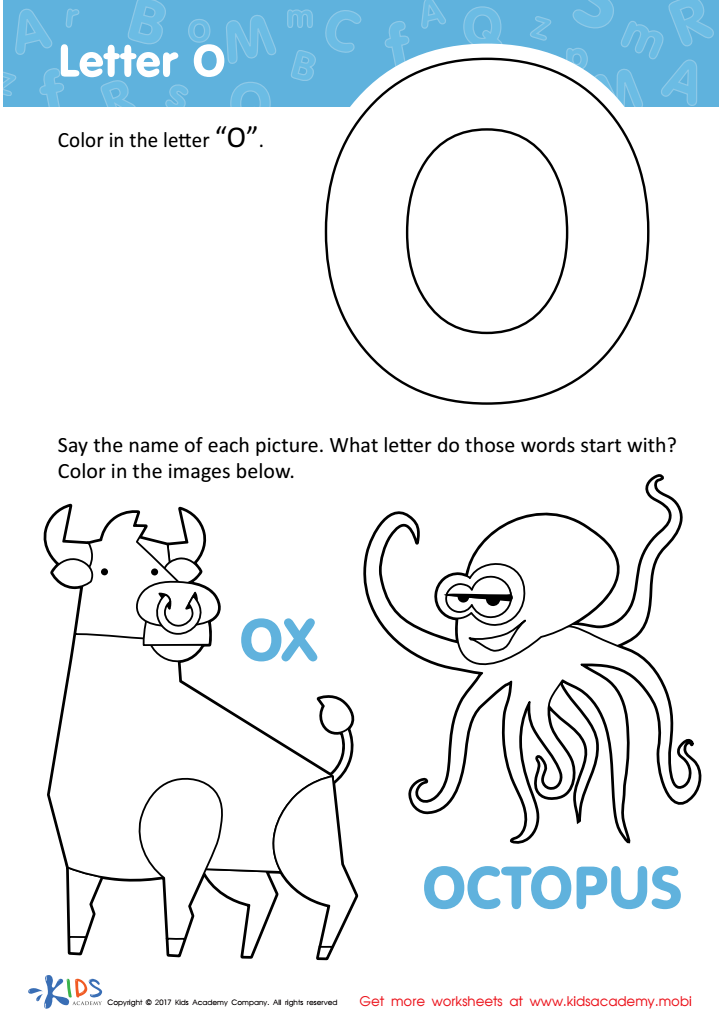

Letter O Coloring Sheet
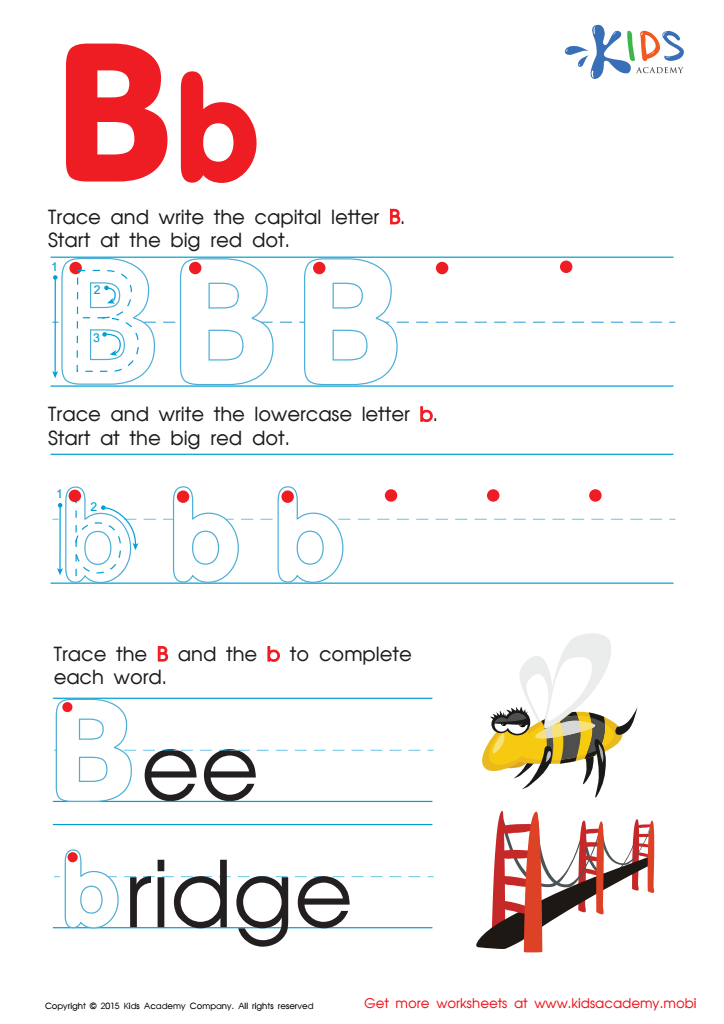

Letter B Tracing Page
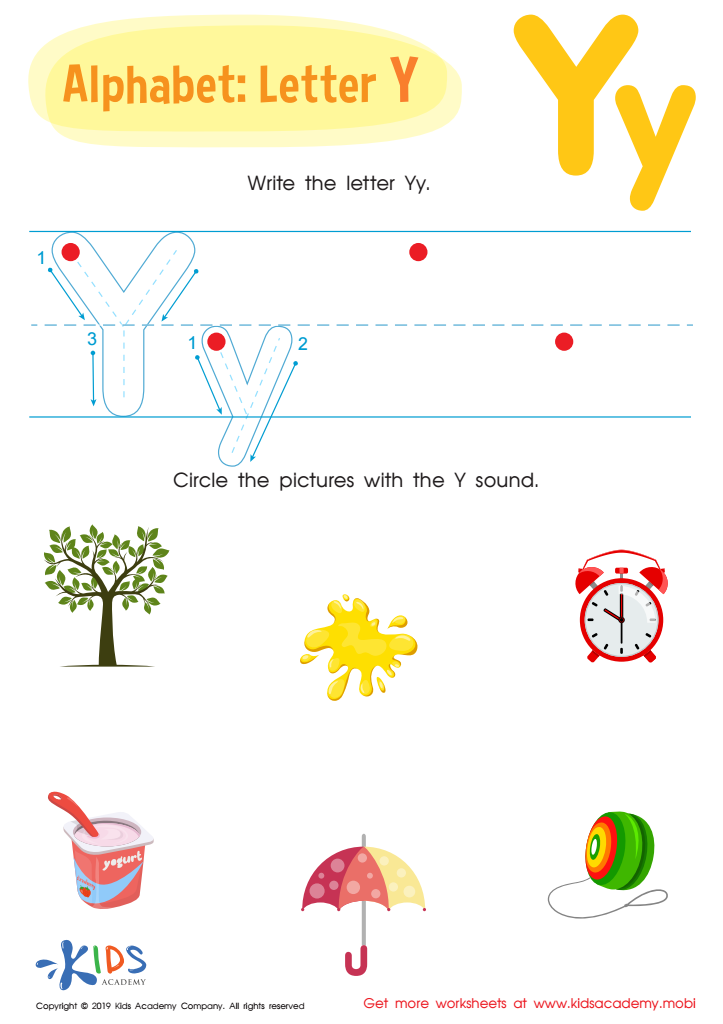

Letter Y Tracing Worksheet
Motor skills development and letter recognition are foundational elements for young children's overall learning and success in school. In kindergarten, children gain essential coordination through activities that enhance both fine and gross motor skills. These skills are crucial for tasks such as writing, cutting with scissors, and using various classroom tools. Strong motor skills enable children to control their movements, leading to greater confidence and independence in their interactions with learning materials.
Furthermore, letter recognition is a critical precursor to reading. When children can identify letters, they can begin to understand phonetics and form words, which are vital in literacy development. A solid foundation in letter recognition enhances a child's ability to decode and comprehend text, ultimately influencing their academic performance across subjects.
Teachers and parents play a pivotal role in nurturing both motor skills and letter recognition. By incorporating playful and engaging activities, such as letter-based games, art, and hands-on play, they can support children's learning in a fun, meaningful way. This holistic approach creates an enriched learning environment that prepares children for future educational endeavors while fostering a lifelong love for learning. Therefore, prioritizing these developmental areas is crucial for every child's growth and readiness for more complex academic challenges.
 Assign to My Students
Assign to My Students













